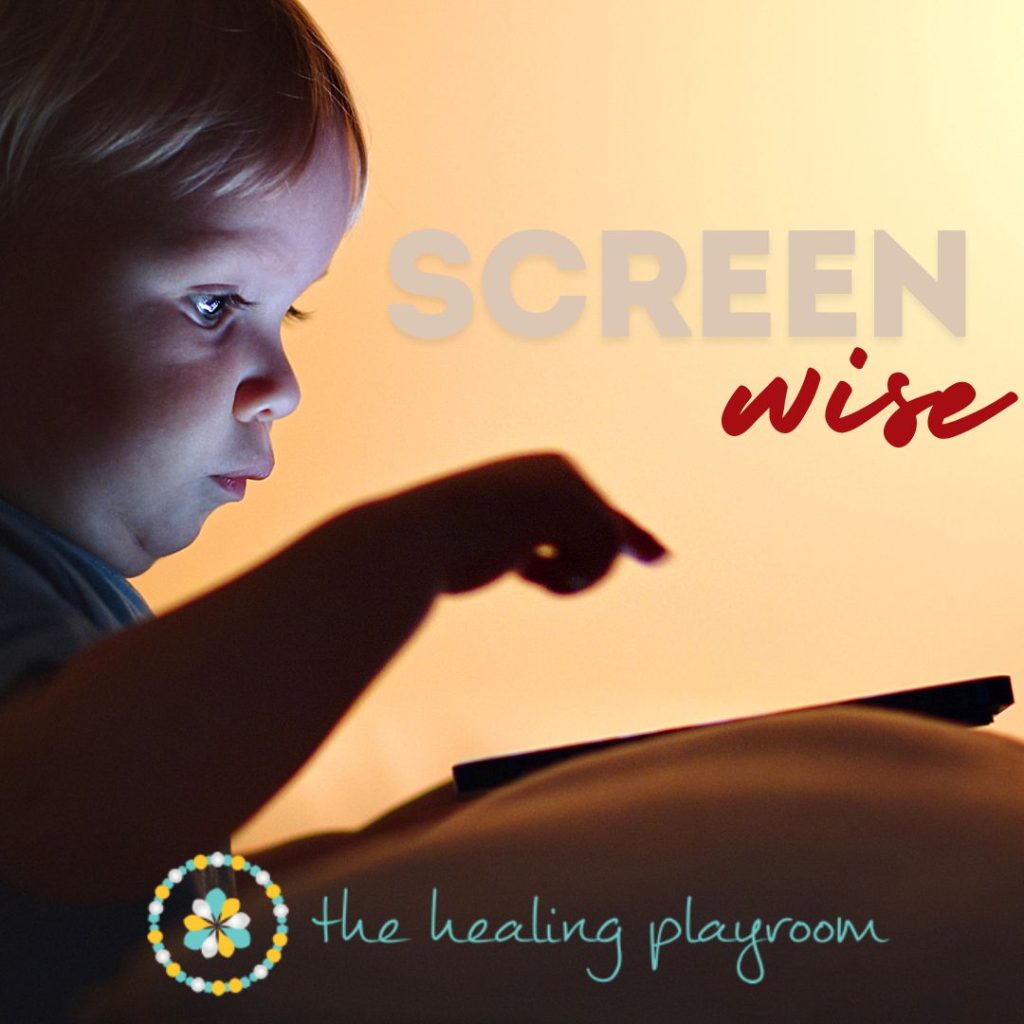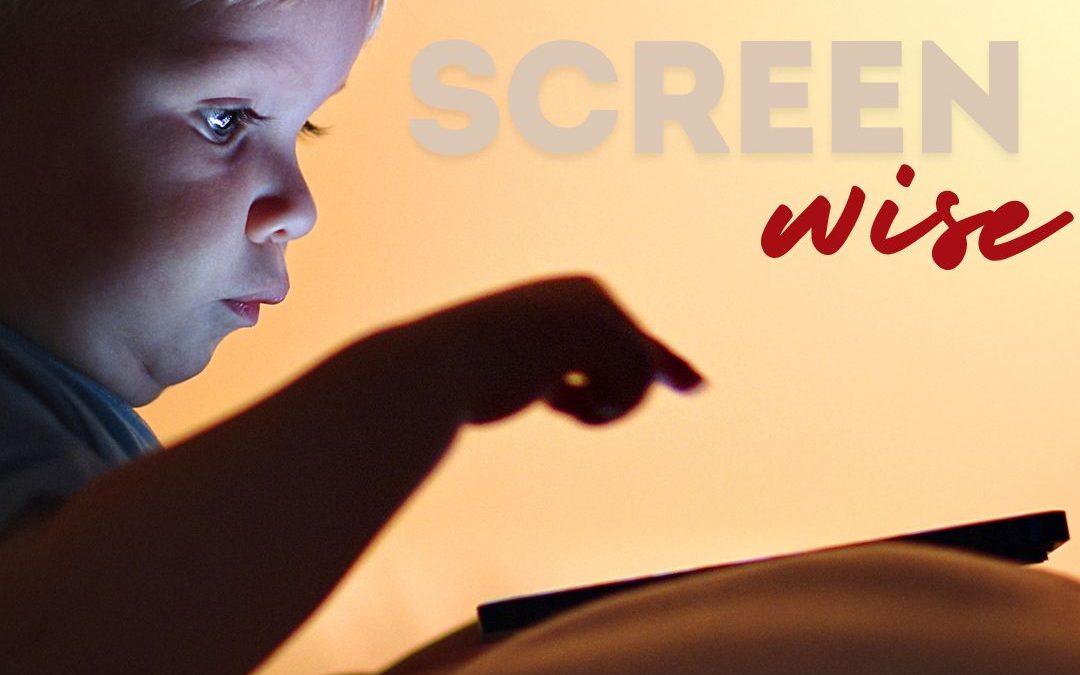
Technology is an inextricable part of our lives. So how do we model and set limits around meaningful technology use for our children? The American Academy of Pediatrics provides screen time limits based on age. Here, I’ll elaborate on wise ways related to what and when to use technology:
If you wouldn’t let your child choose your grocery haul for the week, consider that their content diet affects their mental health just as their nutritional diet affects their physical health. Digital content has the power to transmit values, shape moods and interests. Additionally, screens can act as a mild sedative or a semi hypnotic device, switching brain waves from active beta or theta waves to passive and relaxing alpha waves. The brain wave switch can often create irritability when you try to turn off the device. And while mild sedatives are important, especially during especially painful or tedious experiences, they should be used with care. Use the “mild sedative” framework to develop your What and When for screen time.
Let’s start with the “What”. What should you let your child watch?
For the very young 0- 2 ½ years screens should be avoided as it can negatively alter brain development. Television shows for children 2 ½ to 6 years should be low-stimulation and high quality. Here is a list of graded shows for children 3-7. The show Bluey, any version of parts of the Planet Earth series, as well as quality children’s movies that can be watched in snippets are great additions to that list. I advise most parents to avoid independent YouTube access for kids under 12 and opt for high-quality videos to watch with children. Fascinating content of construction sites and things being made are available on YouTube but they should be supervised as anyone with an account can upload videos.
If you’d like to let your child play video games choose ones that are both challenging and enjoyable, maybe games you played as a child that you can play together. Many popular games, like Roblox and Minecraft are played on online servers where children can interact with friends and strangers alike. Consider your comfort level and your child’s safety when allowing access to these. Check in regularly about who and what they’re playing in digital spaces.
If you want to go outside of that list, notice what your child gravitates to and observe if the content feels overwhelming or irritating. This might be because the show is engineered to be addictive for children, with lots of high pitched voices and fast moving characters. The popular show Cocomelon changes frames every 1-3 seconds. Sesame Street, in contrast, changes frames every 10-15 seconds. The rapid switching of frames creates a chronic sense of novelty and a rush of dopamine that keeps children rapt. This process increases the need for visual intensity and creates addiction, it also serves to make the real world seem “boring”. Many parents report that breaking the screen hypnosis comes with an angry child who is reluctant to engage in real world play. Notice your child’s mood and behavior after watching shows.
Many shows purported to be “educational” are not. Young children are tactile, action-based learners, acquiring the most knowledge through real world experience. Avoid using screens for educational purposes for children aged 2-7 and instead use them for high-quality entertainment. If you’re hankering for a tech focused educational activity you can use your phone to enhance your child’s literacy and communication skills by crafting a text letter by letter to send to a loved one.
When should you let your child use screens? Schedule screen use during in-between times of your day. Post play/homework, after school, or post dinner. Boundaries are easier to set when you have expected times blocked off for screen use. For example, your child might get to use their screen daily from 4-5 pm. Or they might get an hour and they can choose when and how to break up the time. Avoid screens 60-90 minutes before bedtime, as blue light exposure reduces melatonin production and inhibits healthy sleep. Mornings and meals are popular times to use screens but they are often most damaging. Starting a child’s day with passive stimulation and sedation can create an irritable child who is unlikely to be compliant and engaged in real-world tasks that need to be completed, like putting on shoes and eating breakfast to leave for school. Using screens while eating increases the risk of choking and contributes to both over and under-eating due to distraction. Most feeding therapists working with picky eaters will tell parents to ditch the screen during mealtimes. Additionally, consider whether or not you want your child sedated during that experience. While family meals can be chaotic, there is an abundance of research that shows the benefits of family meals on mental and emotional well being. I advise all families to make this a priority at least once a week.
One of the most important factors in helping your children become screenwise is how you model technology use. Consider setting boundaries for yourself around technology. Having a phone place, where your phone stays after a certain hour, avoiding it during mealtimes, and other special activities. Screens are not all bad, but they are not all good either and we should be wise in how we use them ourselves and how we allow our children to.

